I have a few etherCAT devices which each have a slave controller exposing two etherCAT interfaces, and I would like to connect them to the ethernet switch of my home network.
Will I be able to set up an etherCAT master on one of my home computers and communicate with the ethercat devices? Are there any drawbacks if the existing network activity is low?
I would like to use two ports of the ethernet switch to get a ring topology. If necessary, I can connect one end of the ring to a network adapter and the other end to another network adapter, but one of these adapters will be connected to my home network.



